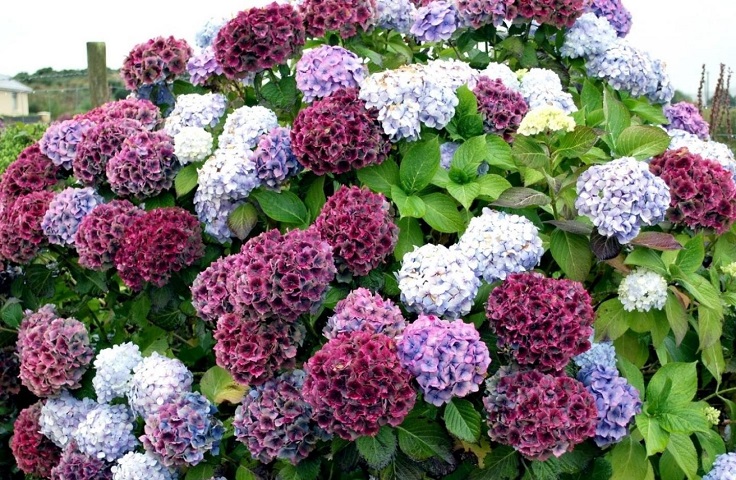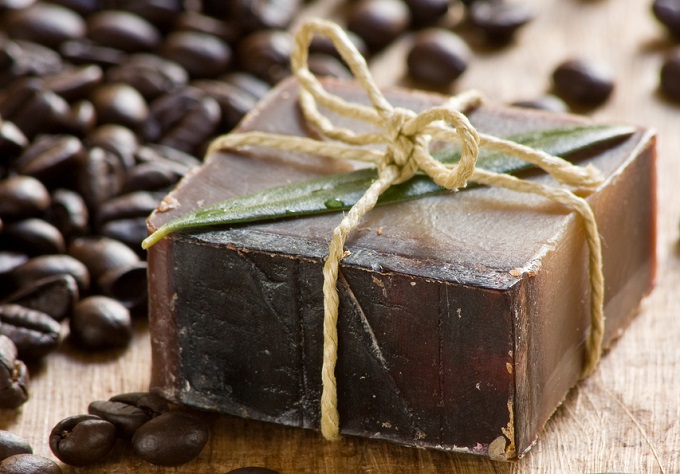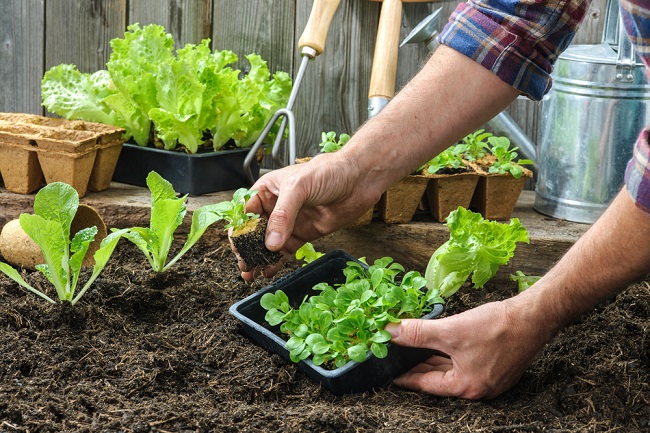Gardening, for many, is a favorite hobby. It is a glorious combination of sun, earth, hard work, and incredible payoff. Who doesn’t love a freshly baked strawberry rhubarb cake? And the stunning blue, pink, purple and white color of the hydrangea flower is a mark of summer. But there are several common garden plants, which, while aesthetically pleasing, are also highly poisonous. If you have small children or pets, take note.
8 common garden plants that are incredibly poisonous
1. Hydrangea
Although beautiful, this plant is toxic to cats, dogs, and horses. According to the ASPCA, the plant contains cyanogenic glycoside, which breaks down into cyanide and can cause gastrointestinal problems such as diarrhea and vomiting.
2. Rhubarb
Confused? Here’s the distinction: While the red stem of this sour plant is perfectly fine to eat, the leaves are the problem. They contain oxalic acid and potentially anthraquinone glycosides. Swallowing rhubarb leaf can cause shortness of breath, burning in the mouth and throat, digestive problems, and in severe cases, seizures and coma.
3. Azalea
Azaleas, one of the most attractive and beautiful garden plants, although they can be extremely dangerous, both for people and animals. The nectar of this plant is known as “crazy honey” due to its intoxicating effect. The “mad honey” may have been to blame for the legendary poisoning of Roman troops during ancient times.
4. Bleeding heart
Although sweet, pretty, and delicate, bleeding heart flowers can cause violent vomiting, seizures, and skin irritations. If you must handle this plant, be sure to wear gloves.
5. Yew
This plant is also known as the “tree of death”. The yew berry is actually non-toxic; however, the seed inside is so intensely toxic that it will almost instantly cause cardiac arrest.
6. Lily of the valley
These beloved white bells, while attractive, can cause a number of terrifying reactions. And it’s not just the flowers that are toxic. The leaves, stems, berries, and flowers of these garden plants can cause fear reactions, such as heart failure, blurred vision, frequent urination at night, lethargy, and disorientation.
7. Philodendron heart leaf
This is another common-looking plant that is extremely poisonous to pets. The ASPCA advises that it is oral swelling, pain, and excessive drooling as the symptoms of having been in contact with it. If your dog or cat shows these symptoms, contact your vet immediately.
8. Oleander or flower laurel
This is believed to be the most dangerous common plant of all. All parts of this plant, including twigs, contain toxic compounds. Ingestion can inflict serious damage on the nervous system, as well as the stomach and intestines. It can also cause an irregular heart rate, poor circulation, tremors, seizures, coma, and death. Arguably, it’s best to remove this plant from your garden entirely. The risk is not worth it. To make it clearer, in India, there are many cases of people consuming oleander seed puree to attempt suicide.









